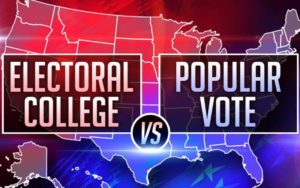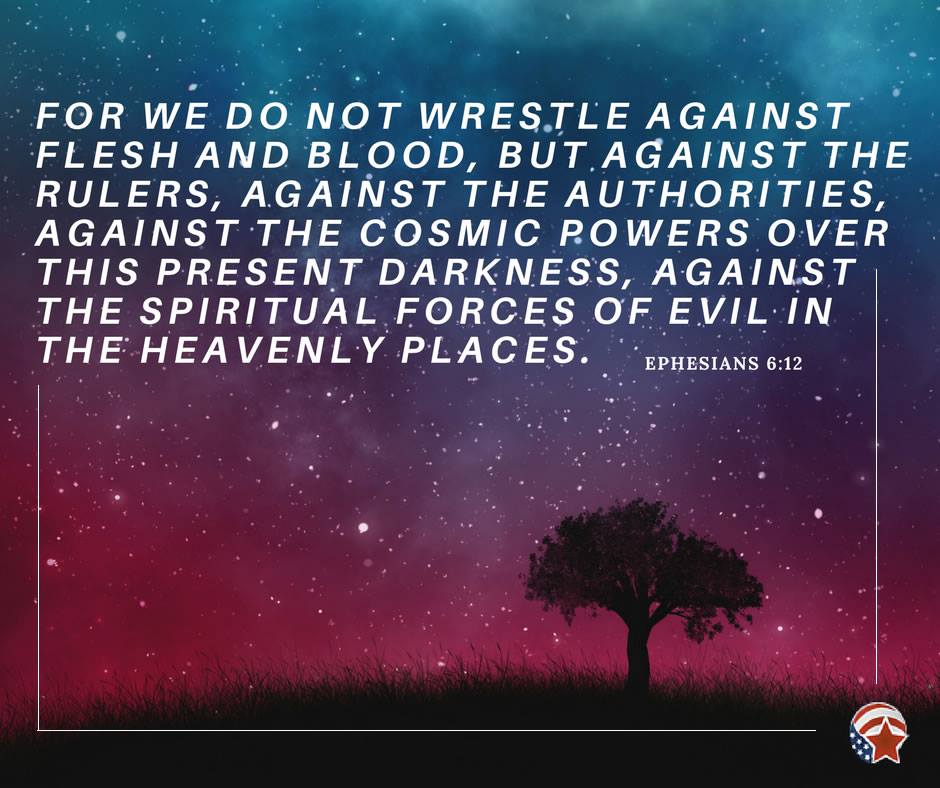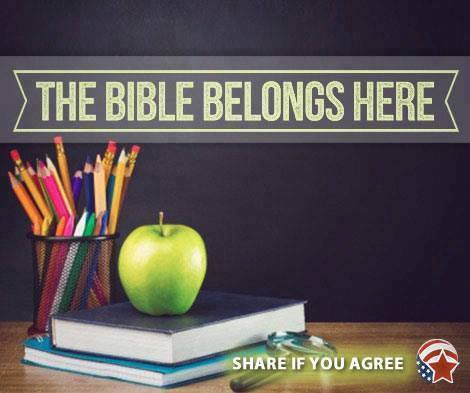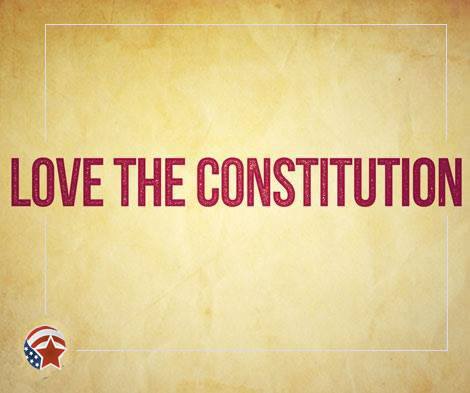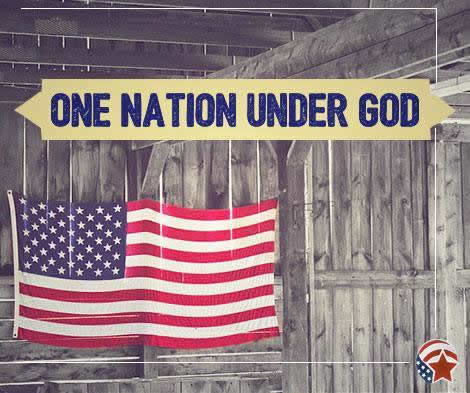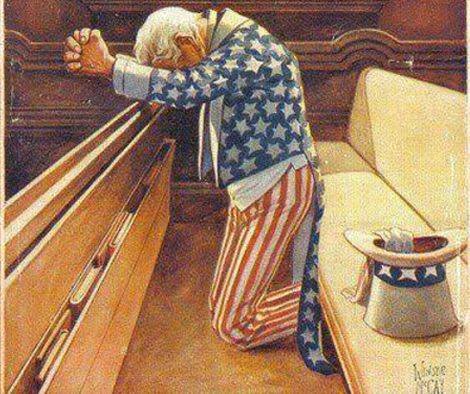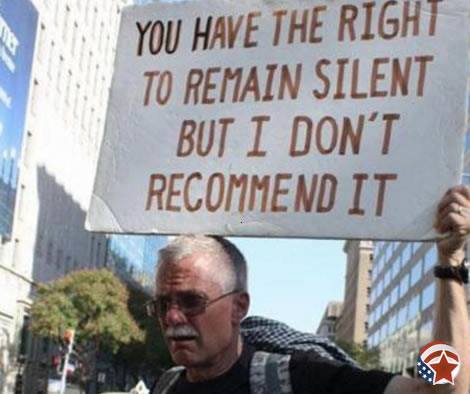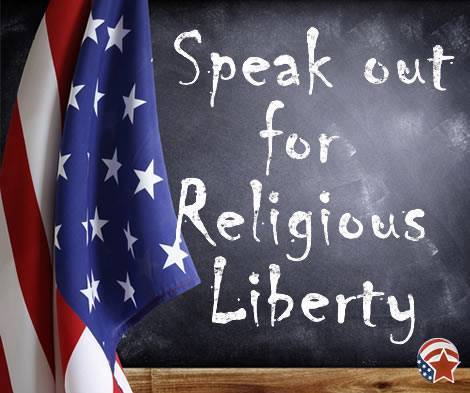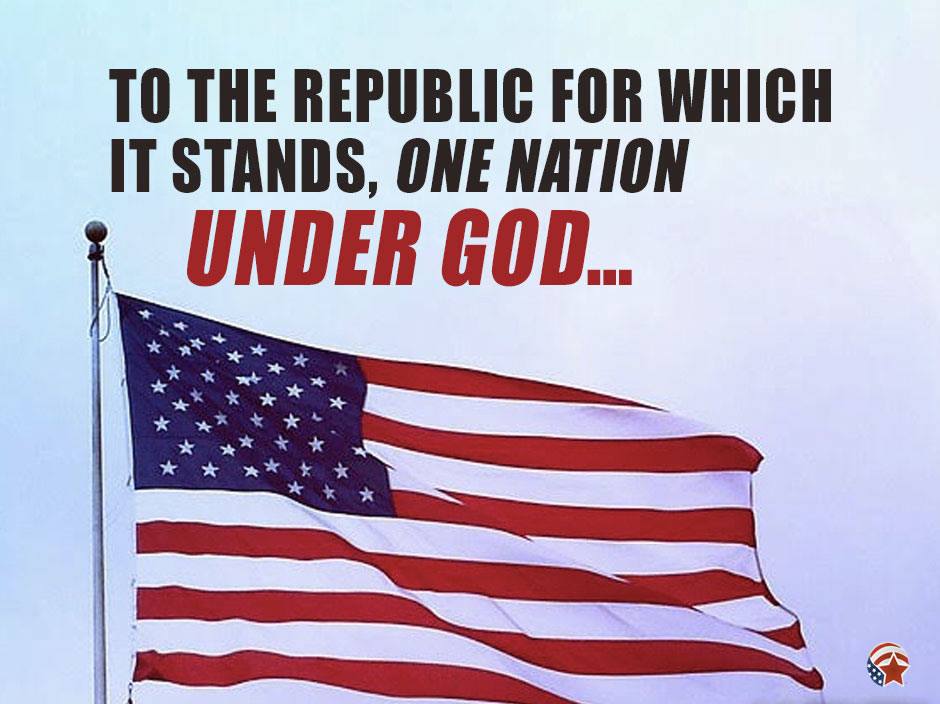As we pass the first anniversary of Donald Trump’s inauguration, it’s worth taking a moment to reflect on how he got to the Oval Office. And perhaps we can dispel a couple of myths along the way.
Donald Trump is president because he won the Electoral College by trouncing Hillary Clinton 304-227. At the same time, Trump lost the popular vote by 2.8 million votes – Hillary received almost 65.8 million votes to Trump’s 63.0 million. This, of course, has led to screeching from the left that Hillary was robbed and that any system which would deprive the winner of the popular vote of an election victory must be a fundamentally unfair system.
But here’s something that many Americans do not understand because of the abject failure of our educational system and what we used to quaintly call “social studies.” What students should be taught is the Founders set up our system for choosing a president by putting the responsibility to pick a president in the hands of the states, not the public.
Each state, based on its representation in Congress, is allotted a certain number of electoral votes. Larger states get more electoral votes, smaller states get fewer. So California gets 55 while Vermont gets just three. (Each state’s total represents the sum total of its senators and representatives. Vermont, for instance, has two senators and one representative, while California has two senators and 53 representatives.)
So California has 55 votes it can spend on a presidential election, and Vermont has three. When states go to the polls on the first Tuesday in November in a presidential election year, they technically are not choosing a president. What they are doing instead is choosing electors. That is, they are picking the people they want to represent them by voting in their place. Many state ballots still reflect this, as somewhere on the ballot you will see the names of the electors for whom you are actually voting. Again, we must remember that we not voting for a president in November, we are voting for the people (electors) who will pick a president for us.
The Founders deliberately set up a system in which states, not the public, choose the president. They knew if each state did not have its own electors, if every election was decided simply by popular vote, the larger states such as California and New York would determine the outcome of every election until the end of time. They considered that to be fundamentally unfair, and they were right.
As a case in point, Hillary defeated Trump by 4 million votes in California alone, which means her entire popular vote victory in 2016 was due to voters in just one state.
This reflects the fundamental character of America’s republican form of government, in which most decisions are not made directly by the people but rather are made by people we have chosen to make these decisions for us. America is a republic, not a democracy.
The original design of our government – before enactment of the 17th Amendment – was that the only office filled by a direct vote of the people was for representatives who would fill the House. Senators would be chosen by state legislatures, presidents would be chosen by electors, Supreme Court justices would be chosen by the president with the advice and consent of the Senate.
So again, on the first Tuesday in November, voters do NOT pick a president. Rather, they choose the people who will pick a president for them. We call them “electors” because, well, they elect the president. There are a total of 538 electors, 538 people who cast the only votes that directly count in choosing a president.
Some people think it’s not fair that Hillary could be declared the loser even though she got more votes than the winner. But this is the wrong formulation. The truth is that Trump got a majority of the votes that actually counted.
The truth is that the votes of Hillary’s supporters on November 8 did not count for Hillary; they only counted for the office of elector. The 538 electors chosen by the people then met in December and cast the only votes for president that actually counted. (The reality is that electors almost always vote for the candidate who got the most votes in their states, on the grounds that they are there to represent the citizens of their states. But constitutionally, they can vote for whomever they think would make the best president.)
So the simple truth is that Donald Trump won an overwhelming majority of the votes that actually counted. He won a decisive majority of the votes cast by the only people who had the constitutional authority to choose a president.
Back in the day, I played a lot of golf with one of my mentors. I was keeping score once and asked him what he’d made on the hole we’d just finished. When he told me it was a five, I said, “Ray, are you sure it wasn’t a six?” At which point he looked at me and said, “Bryan, your only problem is that you don’t know which strokes to count.” Well, the same is true with presidential elections. If we remember which votes actually count, we’ll just wind up confused and angry.
Click the link below to see the full article.

